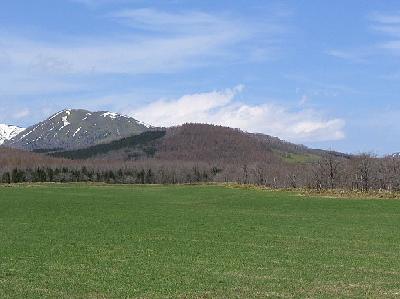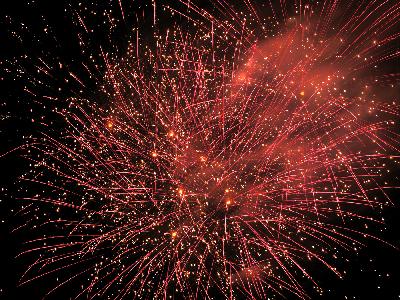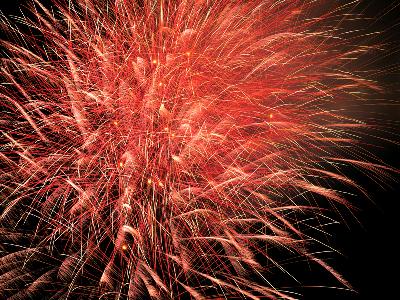Teahouses with red-brown lattices line a narrow stone road. The road is next to the Asano and Onna rivers that run down through Kanagawa from Mt. Asano. This is Higashi Teahouse Street.
In the third year of the Bunsei period (1820), the Kaga Domain established this street. Nishi Teahouse Street was built at the same time, and in the second year of the Meiji period (1869), Kazue-machi Teahouse Street was also built.
Higashi Teahouse Street is the most prestigious and grandest of the three streets. In olden times, after nightfall, men went drinking in this town and appreciated artistic accomplishment.
Most teahouses used to refuse first-time customers but now there are many cafes renovated from the old teahouses, and anybody can drop in casually. Even now, after dark, with the lights under the eaves aglow, the sounds of the shamisen and drums can be heard. This is a time when the street looks very attractive.
The street is described in Hiroyuki Itsuki's novel 'Suzaku Grave'. In 2001, the street was designated as a site of Important Traditional Japanese Architecture.
























